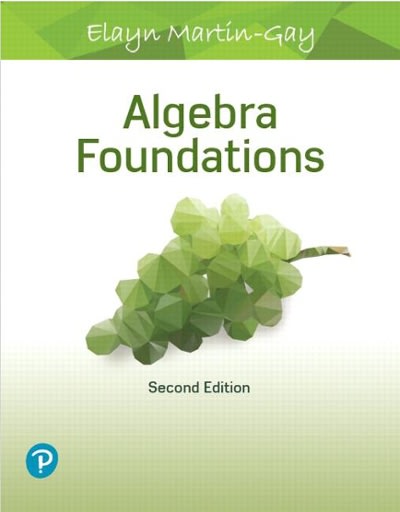SPRING 2020 MATH 131 : CALCULUS I Lab 2: Limits and Continuity Instructions: Work together with your group to understand the following ideas and solve the following problems. If you do not finish the lab today, it must be completed and turned in before the start of the next week's lab. The entire group, not just the scribe, is responsible to see that this happens. Problem 1. You were given many laws for how to compute finite limits, called limit laws. For example, if lim f(x) = L and lim g(x) = M, then lim ? = M, assuming M # 0. But what about when M = 0? Or what about when lim f(x) = co, instead of some finite number? It turns out that there are also laws for dealing with these situations. (a) Explain why ling ((x - 3)2 + 1) = 00, and then explain how this shows that co + 1 = 00 (b) Conjecture some more laws for infinity by filling in the blanks below, where L represents any finite number: oo + I = 00 + 00 = . - oo + I = -00 - OO = 00 . 00 = - 00 . 00 = 300 = 0O - 0O There are plenty more rules we could ask about, but importantly there are also cases where the answer is not obvious. For example, what is -? To explore this answer, compute the following limits. (c) lim - (d) lim (e) lim All three of these limits are of the form -, but they have different answers. For this reason, the form - is called "indeterminate". When you see it, do not stop, but instead try to simplify the problem so that you can determine the answer. Other indeterminate forms include -, 0. 09, co - co, 10, and co. Evaluate the following indeterminate limits by simplifying them first (common techniques for simplifying include factoring, building common denominators, and multiplying by a conjugate). If the limit does not exist, write DNE. x - 1 (f) lim 5 z-+1 V10 -x-3 (g) lim I - 4 (I - 4)(I + 1), (h) lim 3 I -+ 4 I - 4 ( 1 - 4) (1+ 1), = (i) Give an example of a limit lim - f (I ) with indeterminate form - or - so that the limit evaluates to 1-+2 g(I)Problem 2. What does it mean for a function f(x) to be continuous at r = a? (You can use your notes now, but you should know this definition for the first test.) Problem 3. Use the graph below to answer the following questions related to continuity. 5 lim f (x) = lim f (2) = f ( 1 ) = f ( 2 ) = Is f continuous at x = 1? Is f continuous at x = 2? lim f(x) = I-+3 lim f(x) = f (3 ) = f (5 ) = Is f continuous at x = 3? Is f continuous at r = 5? For what values of x is f(x) continuous? That is, state the intervals on which f (x) is continuous. Problem 4. For what value of the constant c is the following function continuous everywhere? f (20) = CX2 + 2x if x 1 (a) Find all numbers c such that lim g(x) exists. (b) Is there a number c such that g(x) is continuous at x = 1? Justify your








